
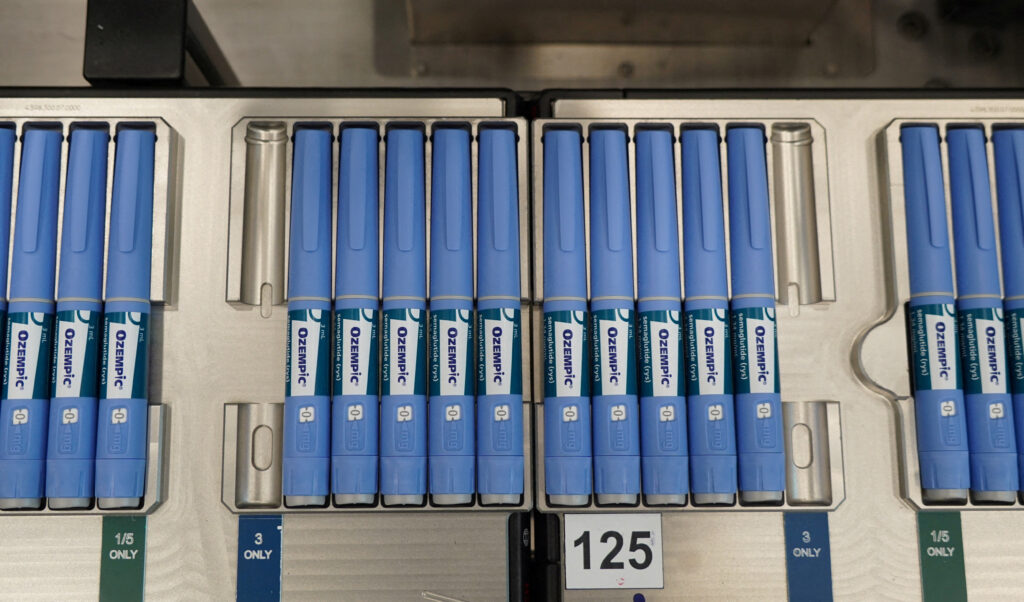
(Reuters)
In December, Drew, a 36-year-old man from San Antonio, Texas, drove more than 250 miles (400 km) to Mexico to buy cheap Ozempic to help him lose weight. Going home, he checked the pens. They looked unusual, so he shared photos on social media. The verdict: They were fakes.
Three people on Reddit said Drew’s product looked like insulin. “If so, it would be dangerous to use,” said one. A surge of insulin can cause a sharp drop in blood sugar that can lead to dizziness, seizures and death.
The incident sheds light on a wider problem in the manufacturing of highly sought-after drugs, one that lets criminal organizations circulate potentially lethal fakes: forged drug batch numbers.
Pharmaceutical companies, including Ozempic-maker Novo Nordisk, authenticate batches of drugs with combinations of letters and numbers printed on the packaging, which are then used to track the product in a given country.
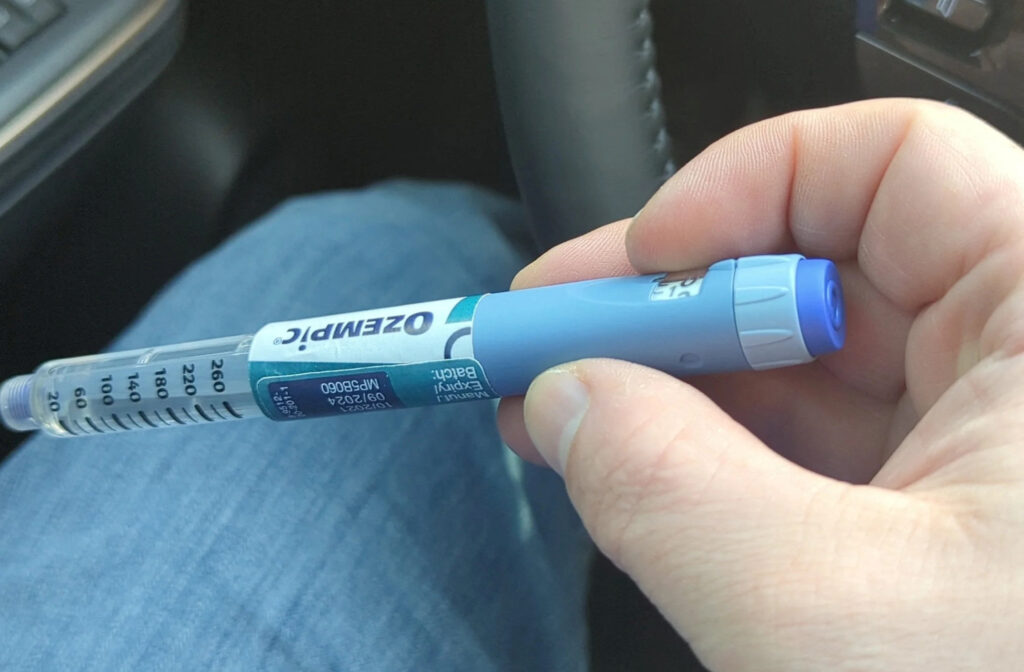
The fake pens Drew bought carried the batch, or lot, number MP5B060 to make them look authentic. To Novo, that represented a shipment of the diabetes drugs destined for Egypt.
The fact Drew bought them in Mexico showed something was wrong – although as a consumer, he did not realize that. [L1N3KH0L9]
The flaw, which is rooted in an effort to ensure the drugs are traceable and safe, is exacerbated by patchy regulation by health authorities globally.
By the time Drew made his purchase, fakes with batch number MP5B060 had turned up in at least 10 countries from Azerbaijan to North Macedonia, according to a Reuters review of drug regulator announcements and documents obtained through Freedom of Information Act (FOIA) requests.
The World Health Organization (WHO) issued a warning in July 2023 about products with batch number MP5B060 and Interpol also warned last year that insulin pens were being relabeled and repackaged to look like Ozempic. Some countries banned products with the number. Others did not.
Mexico’s drug regulator did not respond to a request for comment for this story.
In at least four countries, the fakes have resulted in hospitalizations.
In the U.S., Nigeria and Iraq, the fake Ozempic shots looked like insulin pens, according to Reuters’ review of the documents and regulator announcements. In Iraq, a man fell into a coma after his blood sugar dropped to half normal levels after using one, before later recovering, Reuters found.
MULTI-BILLION-DOLLAR MARKET
Criminals can get hold of batch numbers through a corrupt connection at a drugmaker’s manufacturing facility, or just by buying the drug and using scanning technology to copy the packaging, inserts and so on, Sam Louis, a former U.S. Department of Justice lawyer focused on healthcare fraud matters, told Reuters.
With at least 890 million people suffering from obesity globally, according to the WHO, demand is huge. The active ingredient in Ozempic, called semaglutide, leads to an average weight loss of 15%. It’s part of a class of drugs that reduce food cravings and cause the stomach to empty more slowly.
Novo’s franchise for Ozempic and Wegovy, a weight-loss version of semaglutide, brought in nearly $19 billion in net sales last year. It said it is working with authorities in several countries to tackle counterfeits of both.
Novo’s head of global product security, Anne Devaud, told Reuters the company potentially has identified one source in connection with the batch number on the counterfeit that Drew bought, which it also suspects of distributing fake versions of other companies’ injectable drugs.
The company declined to provide more details.
The wide recurrence of the same batch number suggests a global counterfeiting operation could be to blame, five anti-counterfeiting experts and a WHO official said.
“Our experience is that when you have the same batches and labeling, it is most likely the same people or maybe several smaller distributors that have purchased from one big source,” said Rutendo Kuwana, the WHO team lead for incidents with substandard and falsified medicines.
Bootlegged batch numbers and repackaged insulin are just part of the picture: criminals can divert or steal drugs from hospitals or other healthcare systems before adding fake labels and packaging, or they can simply put any liquid in a vial or stamp out pills and place them in counterfeit packaging, a Novo spokesperson said.
“All these different potential origins, often via organized criminal networks involving multiple jurisdictions, represent serious challenges for those involved in fighting these crimes,” the spokesperson said.
Even so, at least 18 different batch numbers have been found on fake Ozempic pens in 14 countries since the start of last year, adverse event reports and health regulator announcements show.
The solution is not simple. A legitimate Ozempic batch contains 280,000 pens; some countries ban all products carrying a batch number after finding fakes that carry it. Others do not, saying that to withdraw a whole batch on account of a few fakes could exacerbate shortages.
Jared Davis, a former U.S. Food and Drug Administration and Homeland Security agent who is now a consultant on counterfeiting issues at law firm Oberheiden, said it is difficult for government agencies to stop the spread of fakes when demand is so high.
“Most countries aren’t going to pull the entire line and get rid of it because an organization or a few folks decided that they’re going to run a counterfeit scheme and target that particular batch number,” said Davis.
A DEADLY RESEMBLANCE
Fake Ozempic adds to a glut of counterfeit pharmaceuticals that kill around a million people each year, according to the WHO. A September 2023 report from the U.S. CDC said use of suspected fake pills, including painkiller Oxycontin, led to nearly 55,000 deaths in the U.S. alone in 2021.
Overall, Ozempic faked in a variety of ways has been found in nearly 30 countries, Reuters found. Fakes have been linked to more than two dozen cases of serious harm globally, and to two deaths in the United States.
Ozempic can cost more than $1,000 in the U.S. for a multi-dose pen that lasts a month. Drew said he had heard the drug could be bought for less in the Mexican border town of Nuevo Progreso.
“I called ahead and asked a few pharmacies first if they had it, and they said yes, telling me prices of like $200 a pen. So I was like, oh, this is going to be great,” he told Reuters.
“I went down there, and most of the pharmacies actually had a much higher price, and the one I found was the lowest,” he said, adding that the store he went to doubled as a restaurant. Drew paid around $350 per pen.
Bringing drugs into the United States across the border is a criminal offense. Drew, who asked to be identified by his first name only, said he did not use the pens, report the purchase to the authorities, or hand the product in for testing.
He said he couldn’t remember the name of the store where he bought them and after initially speaking to Reuters, deleted his original social media post.
Rebadging insulin to look like Ozempic is lucrative. Like some types of insulin, Ozempic comes in a blue, prepackaged autoinjector. Insulin can be bought for as little as $8.81 per unit outside the U.S., according to a report from the RAND Corporation on the global cost of the drug.
When Drew opened the boxes he bought, the autoinjectors had Ozempic labels, but were thinner and a darker blue than pens he had seen before, his photos show.
An insulin product manufactured by French drugmaker Sanofi, branded Apidra Solostar, comes in a prepackaged blue autoinjector with a clipped lid similar to Ozempic.
A Sanofi spokesperson said the company was aware of illegally mislabeled Apidra pens being passed off as Ozempic and has been working with partners to protect patients, but declined to comment on whether the company has since tried to distinguish its product from Novo’s.
Novo, asked if it would make Ozempic pens more distinctive, said it was unlikely that any one change would prevent fakes because counterfeiters can adjust nimbly.
To ban or not to ban
Azerbaijan first flagged it had found fakes using batch number MP5B060 in December 2022.
The WHO’s warning came after three more people suffered severe low blood sugar, or hypoglycemia, after using fake Ozempic pens with the same Egyptian batch number: a woman in Britain who got her autoinjector at a beauty salon, a man in Serbia who bought his in the United Arab Emirates, and a woman in Lebanon, according to separate reports sent by Novo Nordisk to the FDA that were reviewed by Reuters.
In the U.S., a 39 year-old woman suffered severe hypoglycemia and was rushed to the emergency room after taking what she thought was Ozempic with that batch number, a U.S. FDA document shows. The report said her outcome was not known.
Some countries, including Poland and Ukraine, said they have banned the importation and sale of drugs marked with bootlegged batch numbers identified by international agencies. But regulators in Britain, Finland, Ireland and Sweden told Reuters they had not.
Ireland’s health ministry said it found no fakes under batch numbers flagged by the European Union, so simply alerted wholesalers and others to be vigilant when buying Ozempic. It said it had other controls in place to block falsified packs, including scanning barcodes printed on them.
Britain’s health regulator said in response to a FOIA request in May that it had opted to focus on visual differences between the pens, such as differences in colour and construction, rather than banning batch numbers. Asked why, it said in July that banning batch numbers risked causing shortages of legitimate medicines.
Britain and Ireland’s regulators did not comment on the possibility that not banning batch numbers might help them circulate.
Massive profits
Reported counterfeits of Ozempic have been more common than those of Eli Lilly’s Mounjaro, a newer rival. But these too are on the rise.
A U.S. FDA report seen by Reuters said a 61-year-old woman in the U.S. had been hospitalized for severe stomach pain and seizure after vomiting 70 times over four hours last January, having taken a fake version of Mounjaro sold to her in a vial by a health consultant, who was not named. As of early May, she was partly recovered, the report said.
Lilly said the proliferation of counterfeit and unsafe or untested versions of its drug is a significant safety concern; steps it has taken include a tool to help people determine if they have a genuine Lilly product.
But it called on the authorities to take more action against those who circulate knockoffs.
Sophisticated global counterfeiting operations can make massive profits from such fakes and often find ways to evade detection, said U.S. Homeland Security special agent Rana Saoud. The National Institutes of Health (NIH), the U.S. government agency responsible for public health research, has said the counterfeit drug trade as a whole could be worth as much as $431 billion annually, citing analysts.
Identifying leaders of such a supply chain is a challenge. A New York woman, Isis Navarro Reyes, was in May charged with smuggling fake versions of Ozempic and other weight loss drugs into the U.S., then using TikTok to help sell the products. Reyes could not be reached for comment.
“Until we get specifics…we’re not going to know if it’s a lone actor or part of a criminal organization,” said Homeland’s Saoud. “But generally speaking, it’s an organization looking to profit.”

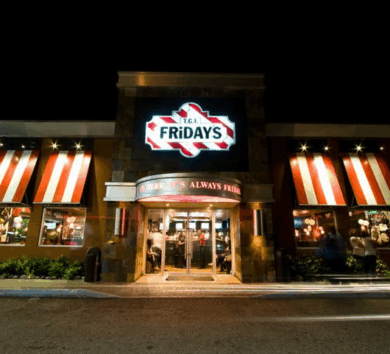
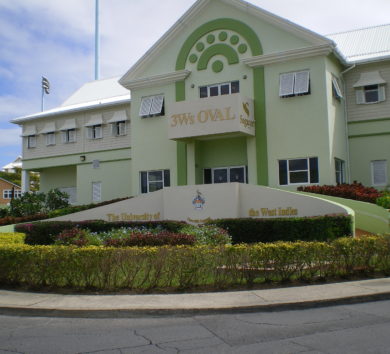
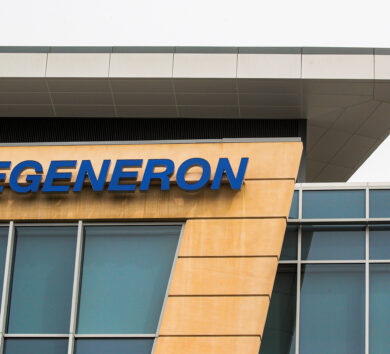

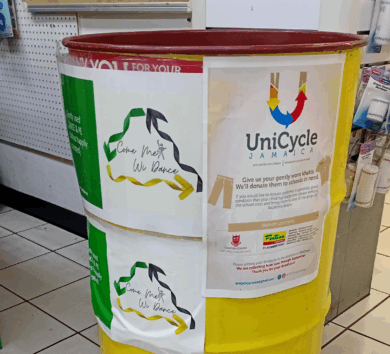

Comments